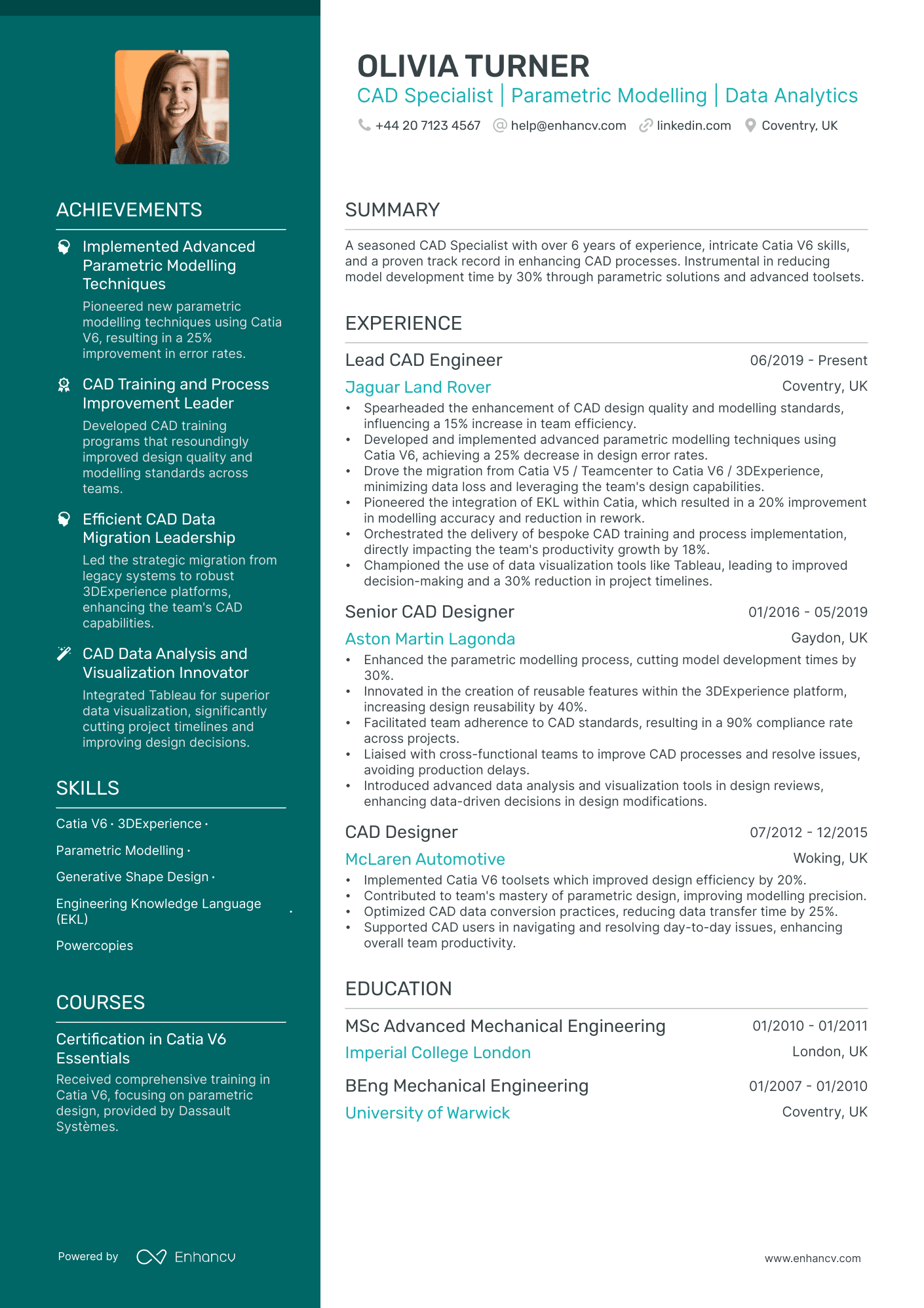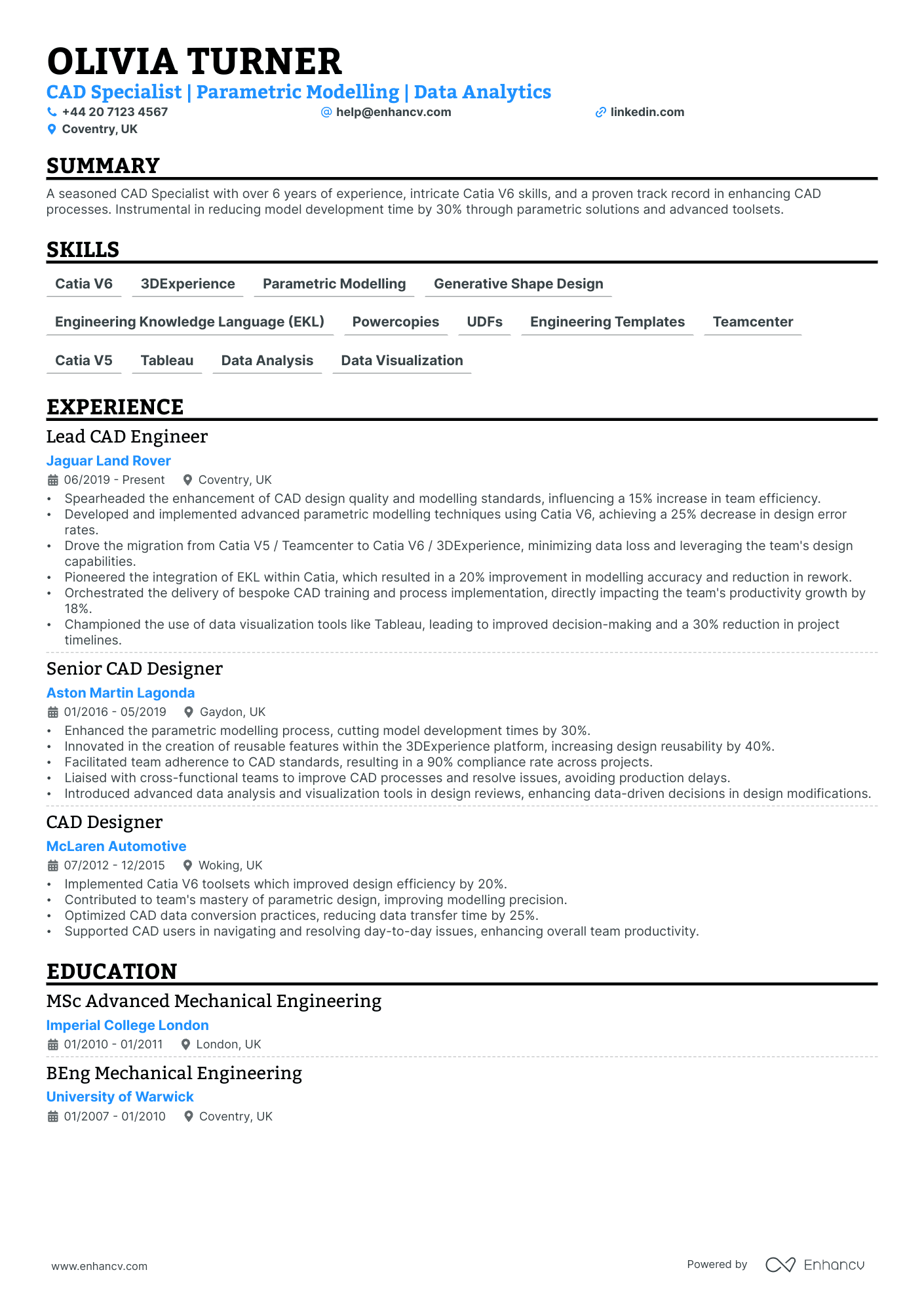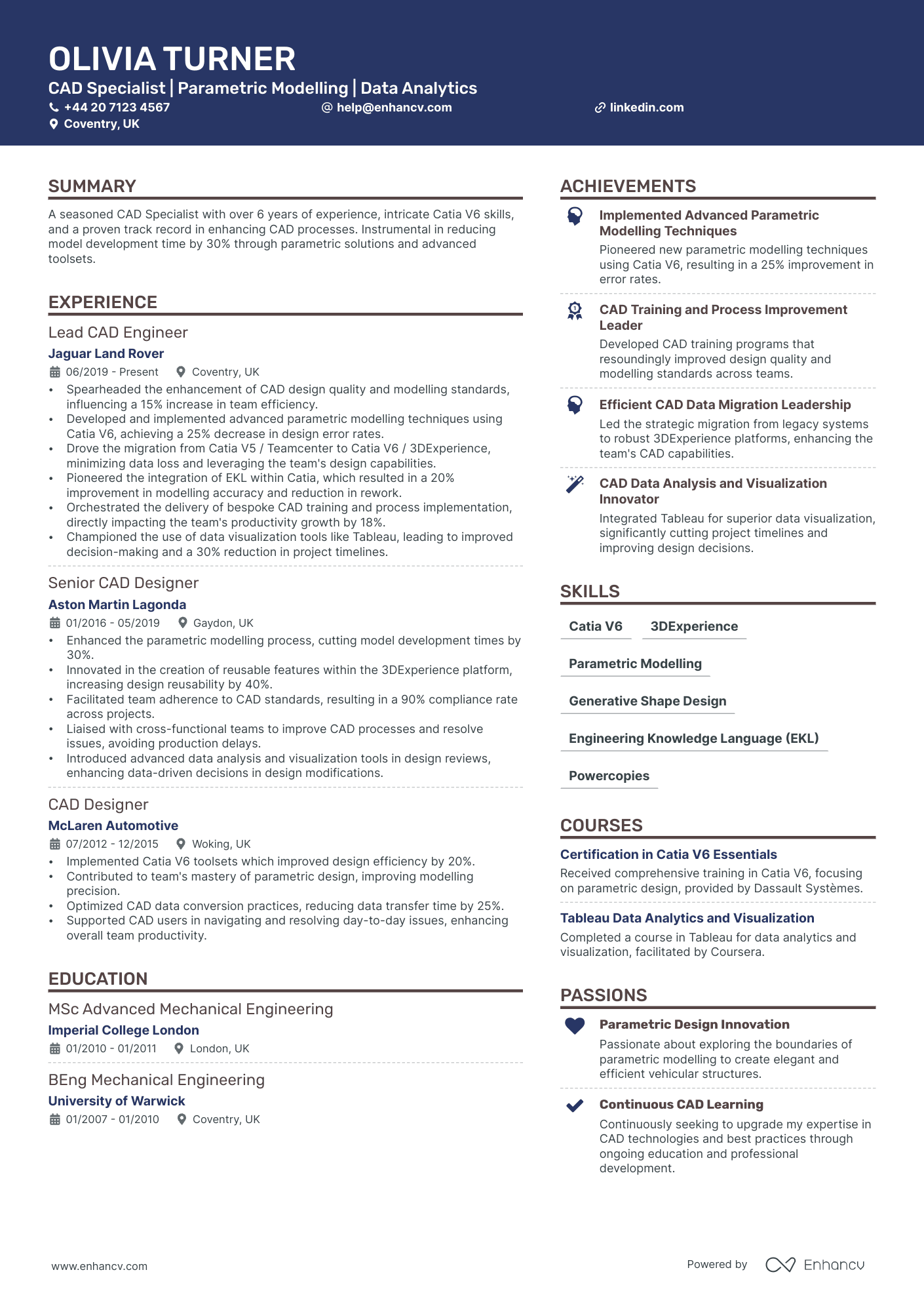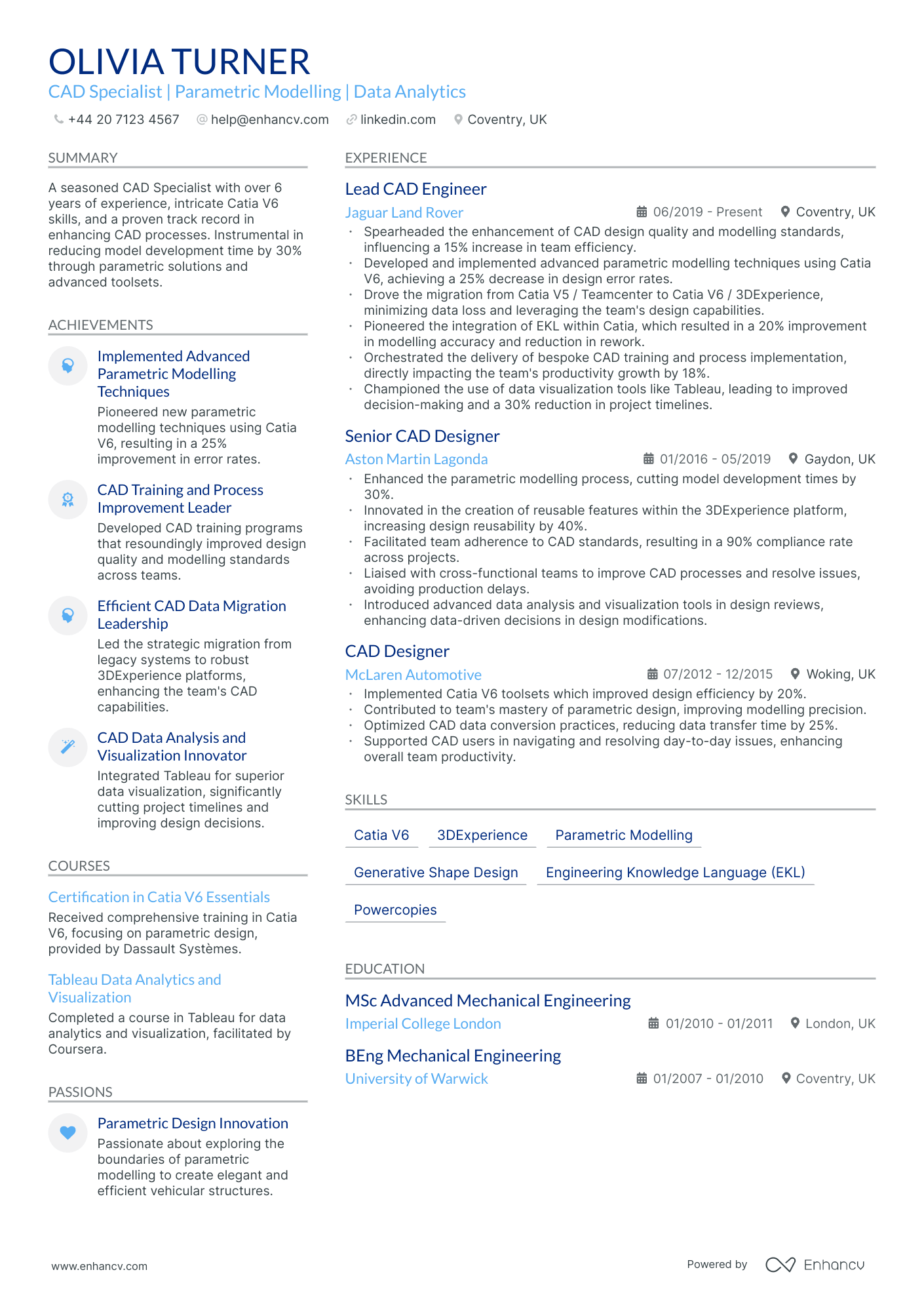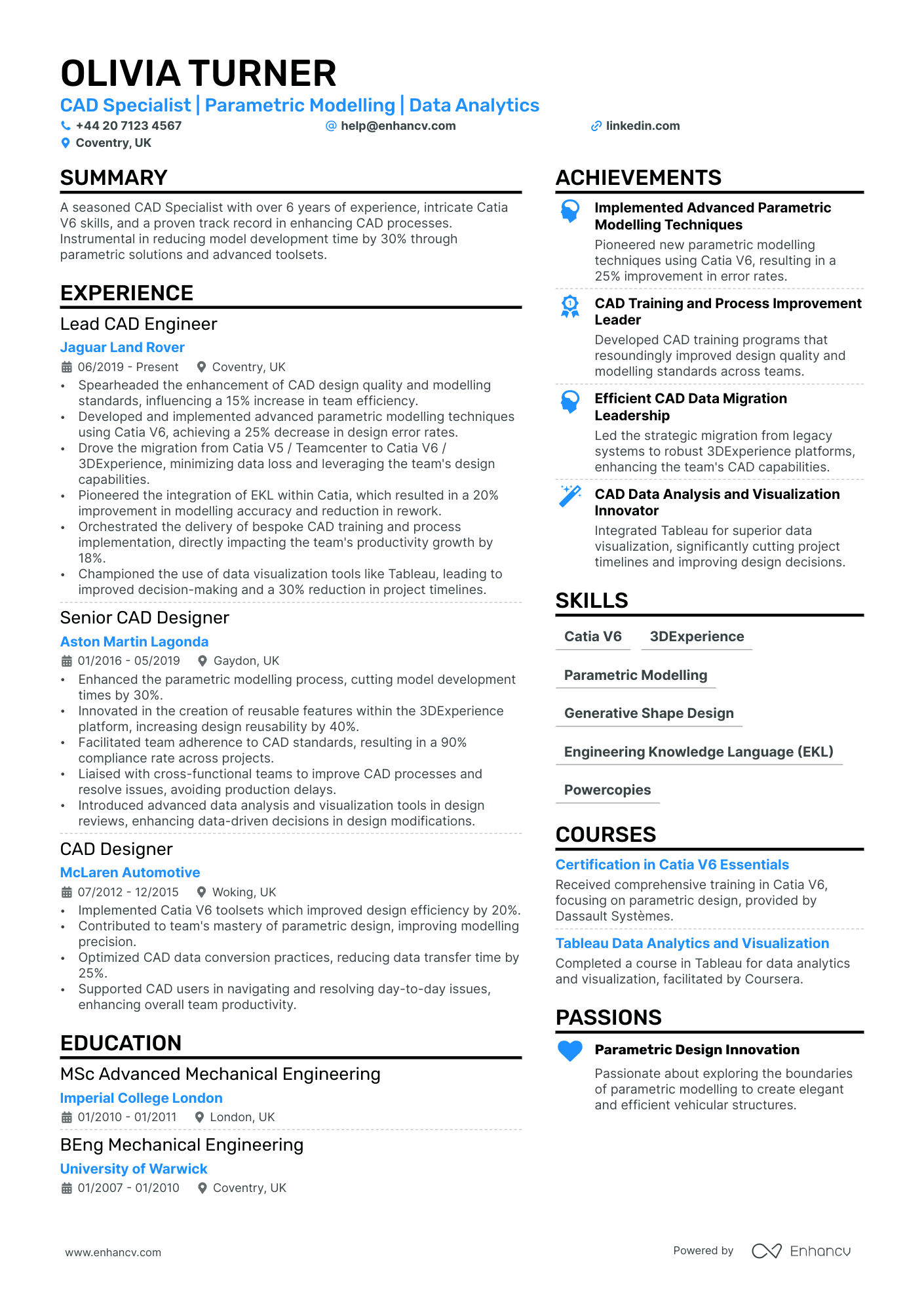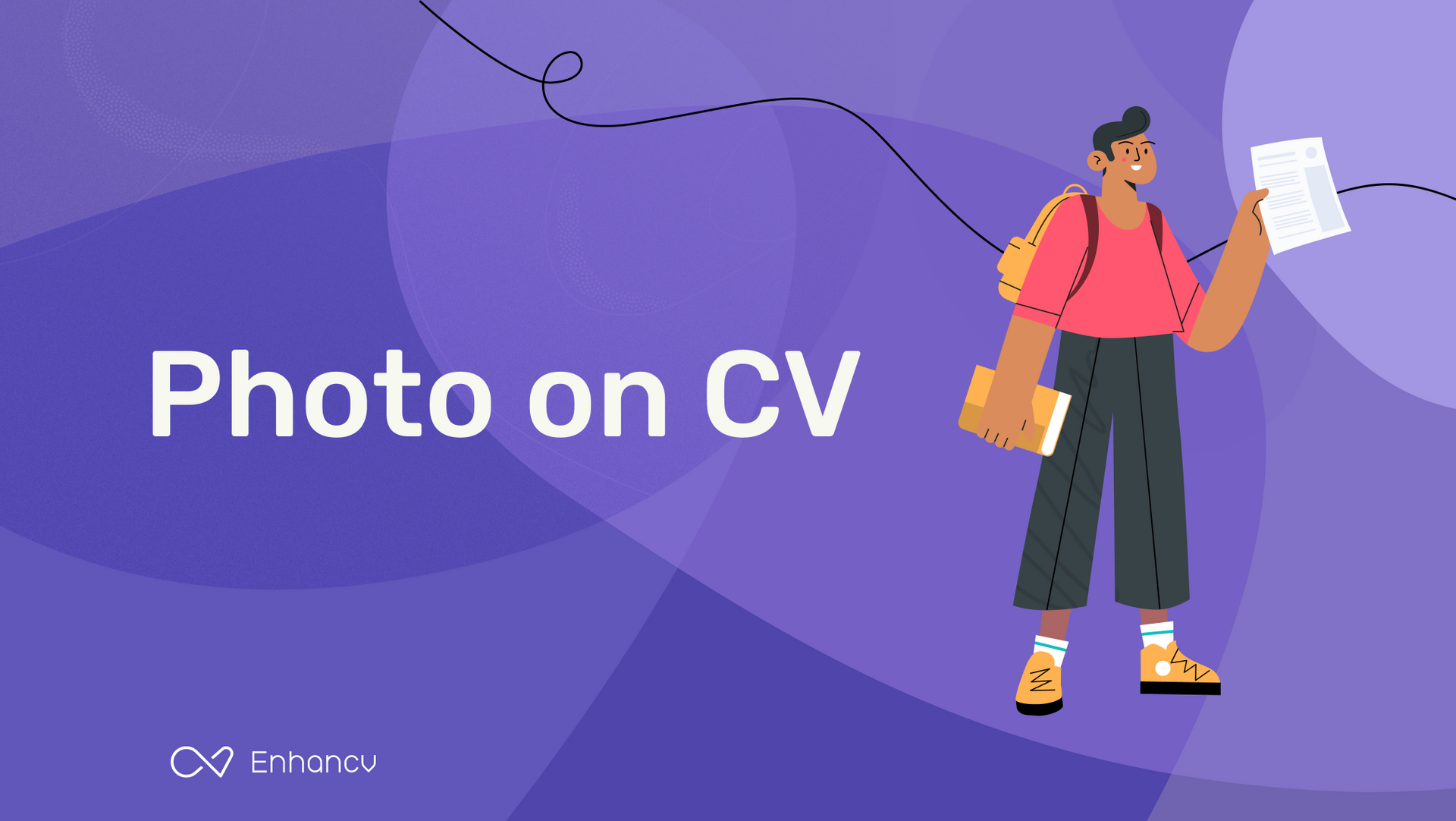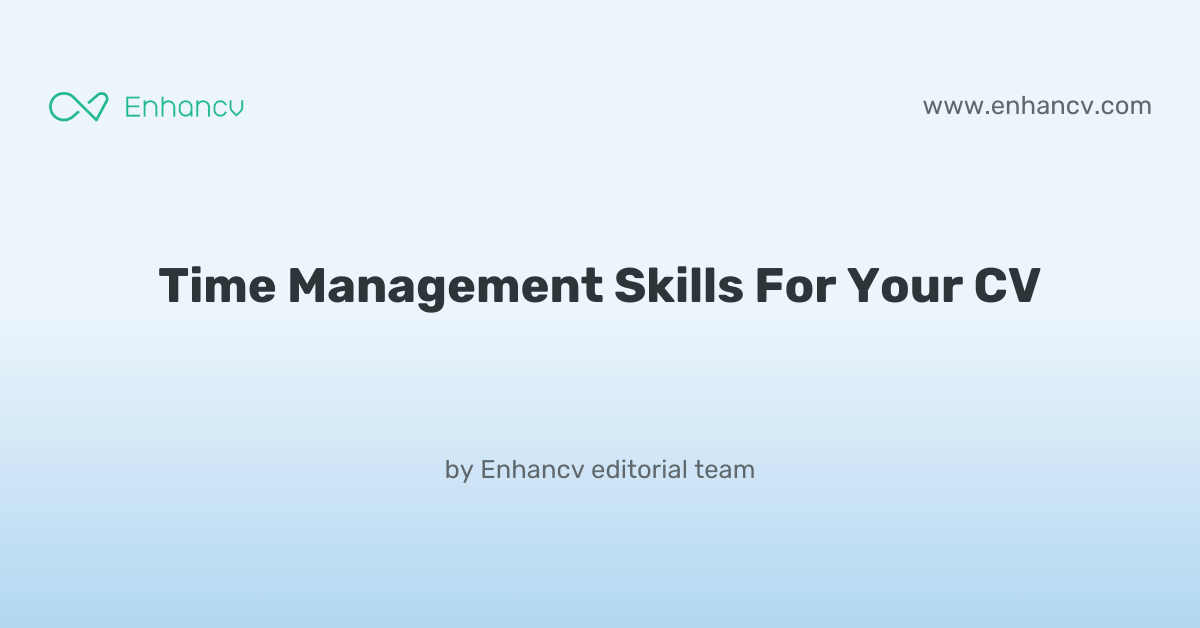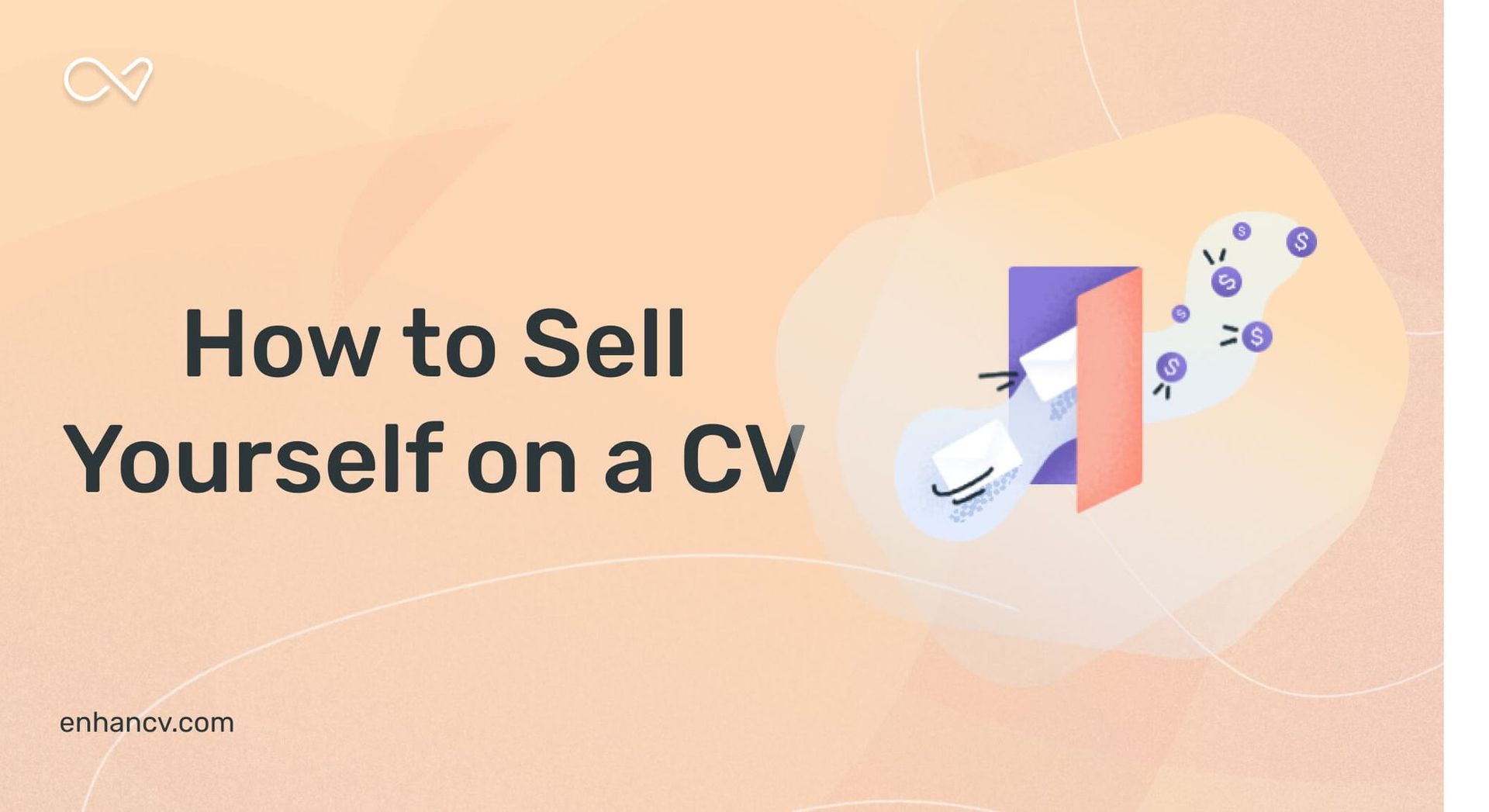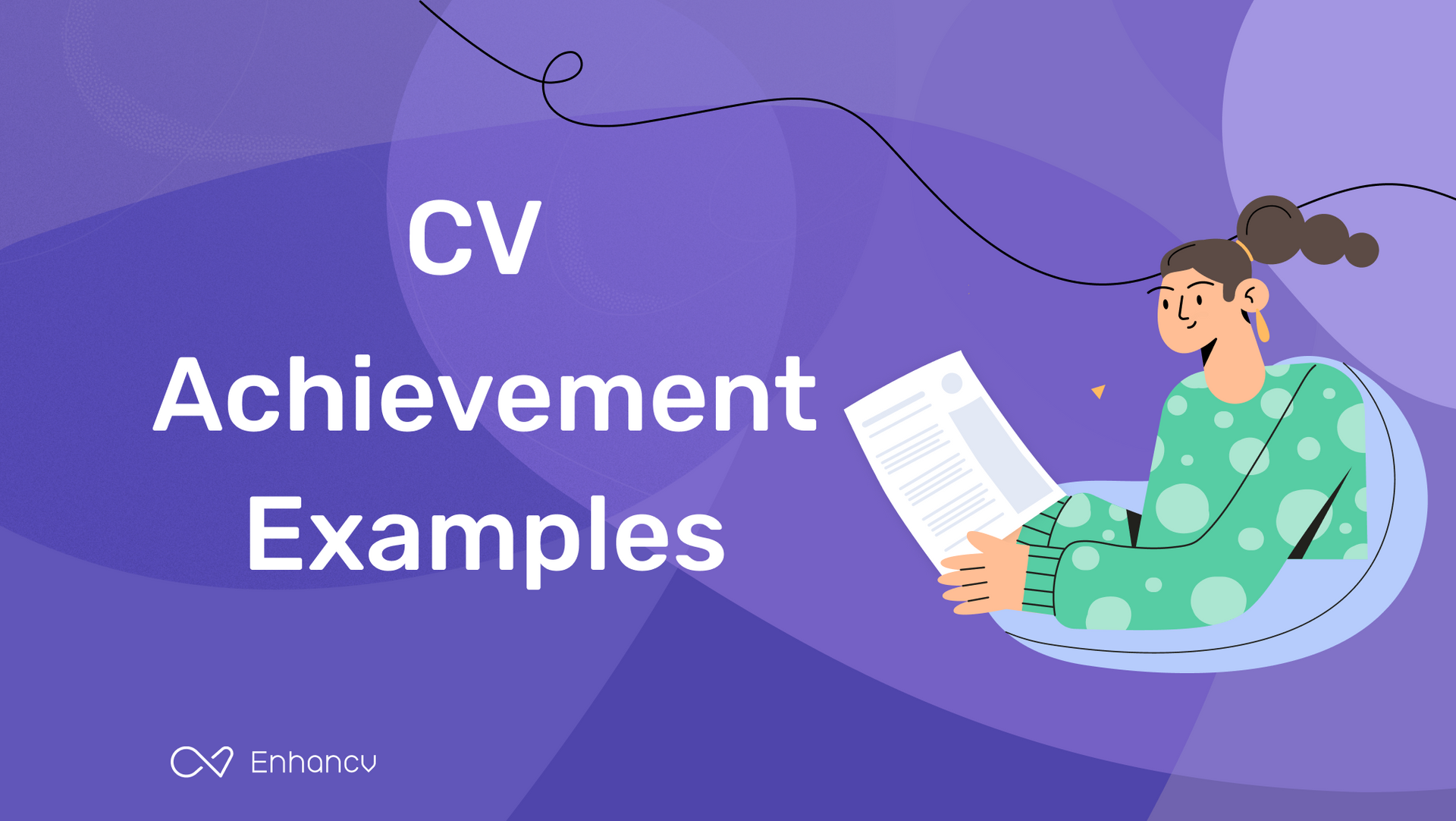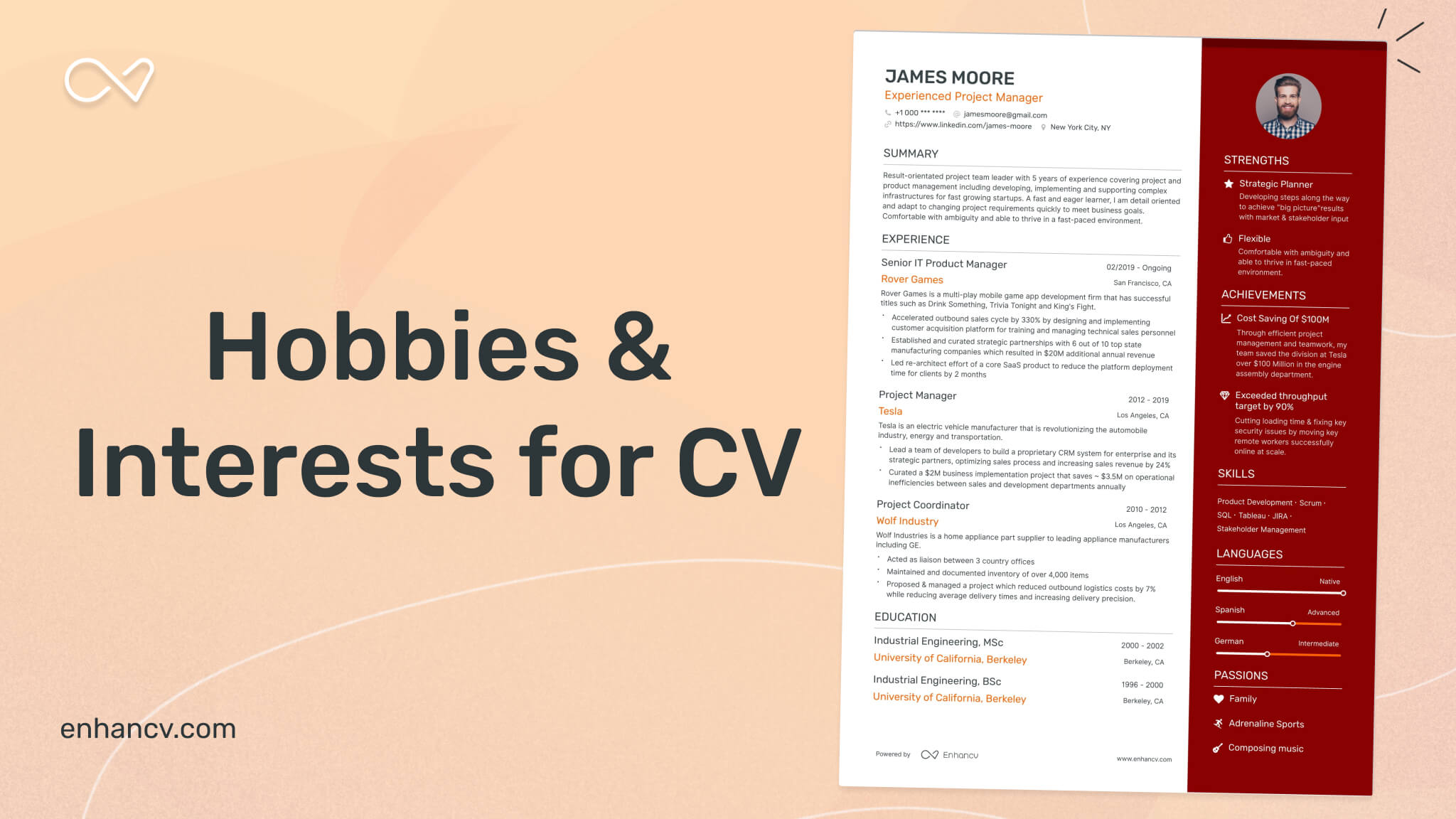Crafting a CV that succinctly encapsulates the complexity of project management and technical proficiencies can be a daunting challenge for a process engineer. Our guide provides tailored strategies and structured templates to effectively highlight your engineering expertise and project milestones, ensuring your skills shine through to potential employers.
- Applying the simplest CV design, so that recruiters can easily understand your expertise, skills, and professional background;
- Ensuring you stand out with your header, summary or objective statement, and a designated skills section;
- Creating your CV experience section - no matter how much expertise you have;
- Using real life professional CV examples to enhance the structure and outline of your profile.
If you still have no muse to write your professional CV, find some more industry-leading examples.
- Assistant Project Manager CV Example
- Agile Coach CV Example
- Construction Project Manager CV Example
- Program Manager CV Example
- Scrum Master CV Example
- Product Manager CV Example
- Project Coordinator CV Example
- Digital Project Manager CV Example
- Senior Project Manager CV Example
- Product Owner CV Example
Structuring and formatting your process engineer CV for an excellent first impression
The experts' best advice regarding your CV format is to keep it simple and concise. Recruiters assessing your CV are foremost looking out for candidates who match their ideal job profile. Your white space, borders, and margins. You may still be wondering which format you need to export your CV in. We recommend using the PDF one, as, upon being uploaded, it never alters your information or CV design. Before we move on to the actual content of your process engineer CV, we'd like to remind you about the Applicant Tracker System (or the ATS). The ATS is a software that is sometimes used to initially assess your profile. Here's what you need to keep in mind about the ATS:- All serif and sans-serif fonts (e.g. Rubik, Volkhov, Exo 2 etc.) are ATS-friendly;
- Many candidates invest in Arial and Times New Roman, so avoid these fonts if you want your application to stand out;
- Both single and double column CVs can be read by the ATS, so it's entirely up to you to select your CV design.
PRO TIP
Be mindful of white space; too much can make the CV look sparse, too little can make it look cluttered. Strive for a balance that makes the document easy on the eyes.
The top sections on a process engineer CV
- Objective statement highlights career goals, crucial for aligning with the company's needs.
- Process engineering experience showcases relevant projects and responsibilities, essential for job suitability.
- Technical skills section details specific process engineering tools and methodologies, vital for job proficiency.
- Education and certifications demonstrate formal qualifications and specialised training, important for credibility.
- Professional affiliations and memberships highlight active industry involvement, beneficial for networking and knowledge.
What recruiters value on your CV:
- Highlight your technical skills and process design capabilities by detailing specific engineering software proficiently used, such as AutoCAD, MATLAB or Aspen HYSYS, demonstrating your ability to design and optimise processes effectively.
- Showcase your problem-solving skills through examples of how you've implemented continuous process improvements or resolved complex engineering issues, solidifying your ability to enhance efficiency and productivity.
- Document your knowledge of compliance and safety by referencing specific regulatory frameworks you've worked within, such as ISO standards or specific industry regulations like those in the pharmaceutical or oil and gas sectors.
- Emphasise your project management experience by detailing projects you've led or contributed to significantly, mentioning budgets, timelines, team sizes, and outcomes to evidence your capability in seeing projects through from concept to completion.
- Articulate your communication and teamwork abilities, providing instances of collaboration with cross-functional teams, imparting your role in successful project delivery through effective coordination and clear communication.
Recommended reads:
Tips and tricks on writing a job-winning process engineer CV header
The CV header is the space which most recruiters would be referring most often to, in the beginning and end of your application. That is as the CV header includes your contact details, but also a headline and a professional photo. When writing your CV header:
- Double-check your contact details for spelling errors or if you've missed any digits. Also, ensure you've provided your personal details, and not your current work email or telephone number;
- Include your location in the form of the city and country you live in. If you want to be more detailed, you can list your full address to show proximity to your potential work place;
- Don't include your CV photo, if you're applying for roles in the UK or US, as this may bias initial recruiters' assessments;
- Write a professional headline that either integrates the job title, some relevant industry keywords, or your most noteworthy achievement.
In the next part of our guide, we'll provide you with professional CVs that showcase some of the best practices when it comes to writing your headline.
Examples of good CV headlines for process engineer:
- Senior Process Engineer | Lean Manufacturing Specialist | Six Sigma Black Belt | 12+ Years' Experience
- Chemical Process Engineer | Pharmaceutical Production Expertise | MEng Chemical Engineering | Chartered Engineer | 8 Years' Experience
- Junior Process Engineer | Continuous Improvement Enthusiast | MSc in Process Engineering | Graduate Member IChemE | 2 Years' Experience
- Process Design Engineer | Petrochemical Industry Focus | Professional Engineer (PE) | Project Management Professional | 10+ Years
- Lead Process Engineer | Water Treatment Projects | Environmental Compliance | BEng Civil Engineering | 15 Years' Experience
- Intermediate Process Engineer | Oil & Gas Sector | Process Simulation and Optimization | EngTech | 5 Years' Experience
What's the difference between a process engineer CV summary and objective
Why should it matter to you?
- Your process engineer CV summary is a showcasing your career ambitions and your unique value. Use the objective to answer why your potential employers should hire you based on goals and ambitions. The objective is the ideal choice for candidates who happen to have less professional experience, but still meet some of the job requirements.
Before you select which one will be more relevant to your experience, have a look at some industry-leading CV summaries and objectives.
CV summaries for a process engineer job:
- With over 7 years of dedicated experience in chemical engineering, an expert in process optimization and sustainable design, I have delivered a 20% efficiency increase in production at a leading pharmaceutical manufacturer, showcasing a deep understanding of complex chemical reactions and system integration.
- A results-driven mechanical engineer with a decade's worth of experience in the automotive industry, I have honed skills in CAD, thermodynamics, and project management, culminating in the successful redesign of a cooling system that cut production costs by 15% and improved performance metrics.
- Transitioning from a successful career in software development with a passion for environmental sustainability, I bring a unique perspective to process engineering. My extensive experience in problem-solving and algorithm design complements my recent postgraduate degree in Chemical Process Engineering from Imperial College London.
- Coming from an advanced materials research background, I am eager to apply my extensive knowledge of material properties and analysis techniques, including spectroscopy and electron microscopy, to a role in process engineering, contributing to the advancement of cutting-edge manufacturing processes.
- Seeking to embark on a career in process engineering, I am enthusiastic about utilizing my recent Master's degree in Industrial Engineering from the University of Leeds, where I specialised in process design and simulation. My objective is to develop innovative solutions to enhance production efficiency and quality.
- As a recent graduate with a strong foundation in chemical engineering principles and a fervent interest in renewable energy systems, I aim to leverage my academic knowledge and internship experience to contribute to the development of sustainable and efficient processes in a dynamic industrial setting.
Narrating the details of your process engineer CV experience section
Perhaps you've heard it time and time again, but, how you present your experience is what matters the most. Your CV experience section - that details your work history alongside your accomplishments - is the space to spotlight your unqiue expertise and talents. So, avoid solely listing your responsibilities, but instead:
- adverts' keywords and integrate those in your experience section;
- Use your CV to detail how you've been promoted in the past by including experience in the reverse chronological order.
Before you start writing your process engineer CV experience section, dive into some industry-leading examples on how to structure your bullets.
Best practices for your CV's work experience section
- Designed and optimised chemical processes for increased efficiency, resulting in a 15% reduction in production costs without compromising product quality.
- Managed a team of 10 junior engineers and technicians, fostering a culture of continuous improvement that increased overall team productivity by 25%.
- Developed and implemented a robust quality control system, which decreased the defect rate by 35% through careful statistical analysis and process adjustments.
- Conducted detailed process simulations using Aspen HYSYS to model plant operations, leading to process enhancements that improved throughput by 20%.
- Led the scale-up of pilot plant operations to full production level, ensuring seamless transition and achieving a 30% increase in production capacity.
- Authored a comprehensive process documentation guide to standardise operations, which became the foundation for training programs and improved compliance with regulatory standards.
- Integrated new waste reduction techniques into existing systems that resulted in a 40% decrease in waste output, enhancing environmental sustainability.
- Executed energy audit and re-engineered processes to utilise alternative energy sources, which cut down energy consumption and costs by 25% annually.
- Collaborated cross-functionally with R&D and manufacturing teams to refine product formulations and improve process flow, sustaining product integrity while boosting efficiency.
- Led the development and implementation of a continuous flow process, improving productivity by 20% for a high-volume chemical production line.
- Designed and executed a waste reduction program that decreased hazardous waste by 15%, significantly reducing environmental impact and saving the company £50,000 annually.
- Coordinated with cross-functional teams to deploy a new statistical process control system across 5 product lines, enhancing overall product quality and consistency.
- Optimized various petrochemical processes to improve yields by 10%, resulting in an estimated annual revenue increase of £1.2 million.
- Initiated and managed the upgrade of process simulation software, reducing project delivery times by 30% and improving simulation accuracy.
- Authored and revised technical documentation including P&IDs, process descriptions, and operating manuals to comply with latest industry standards, impacting over 200 internal stakeholders.
- Supervised the design and installation of a new £5 million distillation unit, increasing plant capacity by 40% and achieving enhanced purity in final products.
- Implemented Lean Six Sigma methodologies to identify inefficiencies, leading to a cost reduction of 25% in packaging materials without compromising quality.
- Collaborated with R&D to integrate a novel catalytic process into production which reduced reaction times by 50% and lowered energy consumption by 35%.
- Lead a digital transformation initiative by integrating IoT sensors and real-time analytics into production systems, delivering a 5% increase in operational efficiency.
- Developed a predictive maintenance program for major equipment that slashed downtime by 40% and extended machine life, leading to a saving of £80,000 per year.
- Piloted a new energy-saving technology that reduced the facility's carbon footprint by 30% and energy costs by £100,000 annually.
- Implemented a state-of-the-art flow chemistry system for API production, increasing throughput by 150% and significantly improving the safety profile.
- Managed a cross-departmental team to scale up a synthesis process from lab to pilot plant, achieving a 95% yield at scale compared to 80% in the lab.
- Streamlined production protocols that cut processing time by 20% and raw material use by 25%, bolstering the overall profitability of the product line.
- Directed the commissioning of a new assembly line for consumer products, cutting lead time by 15% and labor costs by 10%.
- Orchestrated a critical process equipment overhaul that increased production capacity by 30% and improved ergonomics for the workforce.
- Led training programs for 50+ operators and technicians in advanced process operations and troubleshooting techniques, elevating team competency and reducing error rates by 18%.
- Successfully reduced cycle time in beverage bottling line by redesigning workflow and automating critical steps, which increased output by 8000 units per hour.
- Drove the selection and procurement of a £2 million reactor system, achieving a significant improvement in reaction speed and product quality.
- Conducted a comprehensive review and optimisation of the plant's HVAC system leading to a 20% reduction in energy consumption and improved environmental control.
- Spearheaded a collaborative project with IT to implement a custom MES (Manufacturing Execution System), enhancing traceability and compliance for pharmaceutical manufacturing protocols.
- Conducted rigorous experimental designs to trial new methods of emulsion polymerization, which resulted in a patented process increasing reactor output by 25%.
- Organized the transition to a new raw material supplier for key feedstocks, maintaining production continuity and achieving a cost saving of 5% annually.
What to add in your process engineer CV experience section with no professional experience
If you don't have the standard nine-to-five professional experience, yet are still keen on applying for the job, here's what you can do:
- List any internships, part-time roles, volunteer experience, or basically any work you've done that meets the job requirements and is in the same industry;
- Showcase any project you've done in your free time (even if you completed them with family and friends) that will hint at your experience and skill set;
- Replace the standard, CV experience section with a strengths or achievements one. This will help you spotlight your transferrable skills that apply to the role.
Recommended reads:
PRO TIP
If you have experience in diverse fields, highlight how this has broadened your perspective and skill set, making you a more versatile candidate.
The CV skills' divide: between hard and soft skills
Of course, you may have read the job requirements plenty of times now, but it's key to note that there is a difference between technical and personal skills. Both are equally relevant to your job application. When writing about your skill set, ensure you've copy-pasted the precise skill from the job requirement. This would not only help you ensure you have the correct spelling, but also pass any Applicant Tracker System (ATS) assessments.
- Hard skills show your technological capabilities. Or whether you'll be a good technical fit to the organisation. Ensure you've spotlighted your hard skills in various sections of your CV (e.g. skills section, projects, experience) by including the technology and what you've attained;
- Soft skills pinpoint your personality and people or communication skills, hinting at if you'll easily accomodate into the team or organisation. Quantify your soft skills in your CV achievements, strengths, summary/objective, and experience sections. Always support your soft skills with how they've helped you grow as a professional.
Top skills for your process engineer CV:
Chemical process engineering
Process design and optimization
Process simulation
Piping and instrumentation diagrams (P&ID)
Computer-aided design (CAD)
Statistical process control (SPC)
Project management
Safety, health, and environment (SHE) management
Process equipment sizing
Six Sigma and Lean manufacturing
Problem-solving
Teamwork
Communication
Adaptability
Attention to detail
Time management
Critical thinking
Leadership
Project planning
Continuous learning
PRO TIP
If there's a noticeable gap in your skillset for the role you're applying for, mention any steps you're taking to acquire these skills, such as online courses or self-study.
Your university degree and certificates: an integral part of your process engineer CV
Let's take you back to your uni days and decide what information will be relevant for your process engineer CV. Once more, when discussing your higher education, select only information that is pertinent to the job (e.g. degrees and projects in the same industry, etc.). Ultimately, you should:
- List only your higher education degrees, alongside start and graduation dates, and the university name;
- Include that you obtained a first degree for diplomas that are relevant to the role, and you believe will impress recruiters;
- Showcase relevant coursework, projects, or publications, if you happen to have less experience or will need to fill in gaps in your professional history.
PRO TIP
Use mini case studies or success stories in your CV to demonstrate how your skills have positively impacted previous roles or projects.
Recommended reads:
Key takeaways
Here are five things you need to remember about writing your process engineer CV for success:
- Sort your experience based on the reverse chronological order, starting with your most recent career items, to showcase how you've grown your career;
- Include within your CV header your relevant contact details, a headline that could spotlight your unique value, and a photo - if you're applying for roles outside the UK or US;
- Decide to use the CV summary, if you happen to have more professional experience, and an objective, if you want to showcase your career goals;
- Within the experience section, write your bullets using action verbs, skills, and success, instead of just merely listing your on-the-job responsibilities;
- Prove your technical skills, using your education and certificates, and your soft skills, with your achievements and strengths sections.
